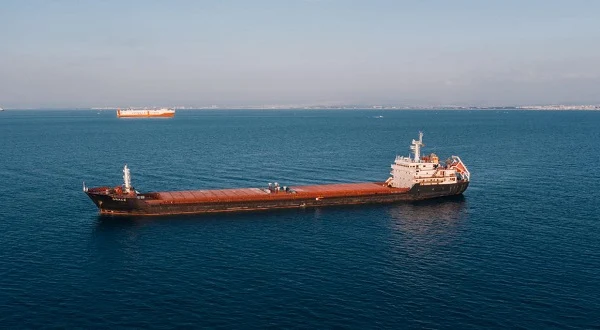In a remarkable turn of events, capesize rates have experienced an extraordinary surge since last Friday, reaching daily increases that have not been witnessed in years. These rates, which measure the cost of chartering capesize vessels, have more than doubled within a week, currently standing at an impressive $41,796 according to the Baltic Exchange. This unprecedented rise has caught the attention of industry experts and analysts, who are attributing the surge to a combination of factors including robust demand, supply constraints, and various market dynamics.
Unprecedented Rate Increases
The average cape spot rates soared by an astounding $7,410 in a single day, reflecting the remarkable momentum behind this surge. This surge has been sustained over the past three weeks due to consistently strong volumes in the long-haul Atlantic trades. As a result, vessel capacity has tightened significantly, leading to the recent breakthrough in rates to their highest levels in recent memory.
Congestion and Supply Constraints
Analysts at Signal have observed a notable increase in the number of capes facing congestion, with approximately 120 ships currently affected. This congestion is indicative of the supply constraints in the market, further contributing to the surge in rates. A recent report from Arrow highlights that the drivers behind this surge resemble those that led to cape earnings exceeding $30,000 just a month ago. These factors include a sharp decline in tonnage supply in the Atlantic region, robust West Africa bauxite shipments, and healthy iron ore volumes from Brazil.
Strong Demand and Market Dynamics
The demand for capesize vessels, measured in tonne-miles, has remained consistently healthy throughout the year. On average, it has increased by approximately 4% annually. Furthermore, current deadweight tonne-miles are above seasonal norms, indicating sustained demand for capesize vessels. Xclusiv Shipbrokers also point to Beijing's efforts to boost its economy through liquidity injections and accelerated bond issuance as contributing factors to this rally. Additionally, the significant queues of ships witnessed outside South Africa's main bulk export terminals this month have further fueled the surge.
Coal Shipments on the Rise
Analysts at Shipfix have observed a significant increase in coal shipments since mid-October. Weekly cargo order volumes for coal have surged by nearly 150%, reaching 2.7 million tonnes. This surge in coal shipments has added to the overall demand for capesize vessels and has played a part in driving up rates.
Summary
The recent surge in capesize rates to unprecedented highs reflects a combination of strong demand, supply constraints, and various market dynamics. The robust volumes in long-haul Atlantic trades have led to tightened vessel capacity and subsequent rate increases. Factors such as congestion, declining tonnage supply in the Atlantic, robust West Africa bauxite shipments, healthy iron ore volumes from Brazil, Beijing's liquidity injections, and increased coal shipments have all contributed to this remarkable rally. As the industry continues to monitor these developments closely, it remains to be seen how long this surge will persist and what implications it may have for global trade and shipping markets.



